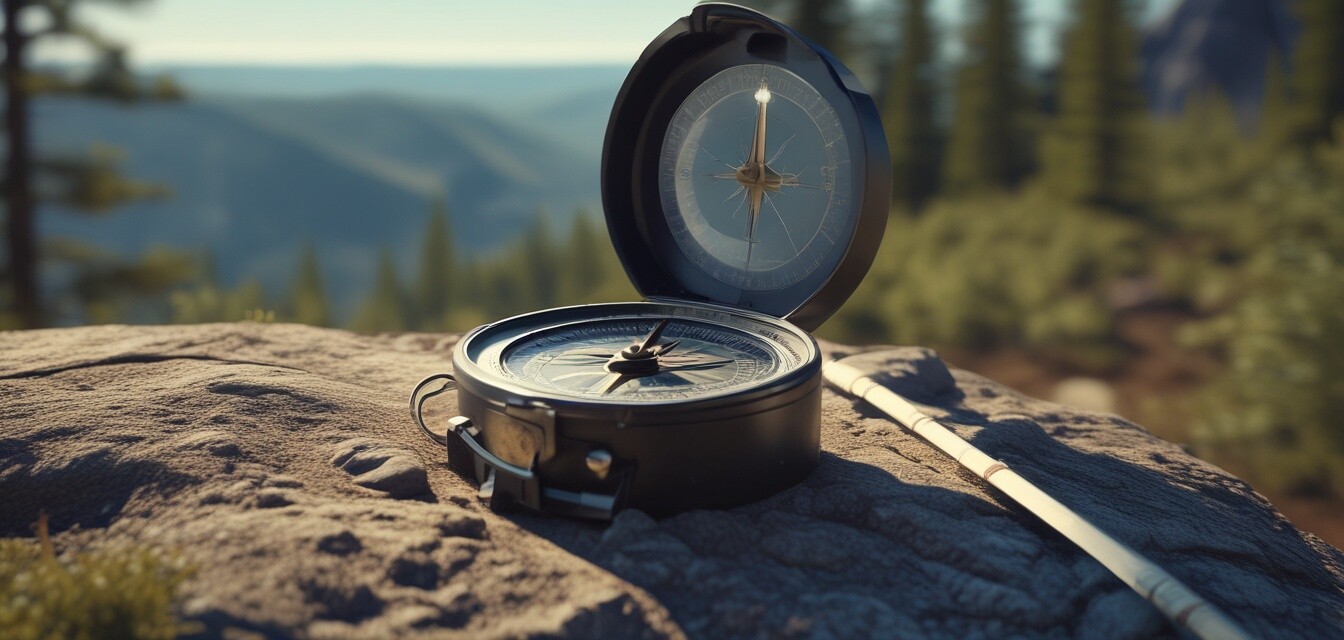
Navigation Skills: Mastering the Basics
Key Takeaways
- Understanding map reading is essential for navigation.
- Compass use is fundamental when technology fails.
- Landmark identification can help you stay oriented in nature.
- Planning and preparation are key for all outdoor adventures.
- Practice your skills regularly to build confidence.
When venturing into the great outdoors, having a firm grasp of navigation skills is crucial, especially in emergencies. Whether you're hiking, camping, or exploring, effective navigation can ensure your safety and enhance your experience. This article provides insights into mastering the basics of navigation, including practical tips and techniques you can rely on in outdoor situations.
The importance of navigation skills
Being able to navigate through unfamiliar territories can mean the difference between a pleasant adventure and a potential disaster. Here’s why navigation skills matter:
- Improves safety by helping you avoid getting lost.
- Increases confidence when exploring new areas.
- Allows for better planning of routes and time management.
- Builds a sense of adventure and exploration.
Essential navigation tools
Before diving into techniques, it’s crucial to familiarize yourself with some essential navigation tools:
| Tool | Purpose | Usage |
|---|---|---|
| Compass | Determines direction | Use to align with your map and find true north. |
| Topographic Map | Displays terrain features | Used to understand the landscape and plan routes. |
| GPS Device | Provides real-time location | Helpful for precise navigation, but should be a backup. |
| Smartphone Apps | Offers trails and routes | Use among other tools for effective navigation. |
Basic navigation techniques
Now that you’re familiar with the tools, let's delve into some essential navigation techniques:
1. Map reading
Being able to read a map is fundamental to navigation. Here are some basic steps:
- Identify the map scale to understand distances.
- Familiarize yourself with map symbols and legends.
- Locate your position using landmarks.
2. Using a compass
A compass is an invaluable tool for navigation. Here’s how to use it:
- Hold the compass flat in your hand and rotate it until the needle aligns with the north marking.
- Use a map and point the directional arrow toward your destination.
- Adjust your path based on declination if necessary.
3. Identifying landmarks
Landmarks are invaluable aids in navigation:
- Familiarize yourself with the terrain and identifying features, such as mountains, rivers, and unique rock formations.
- Use these landmarks to orient yourself when planning your route.
4. Techniques for real-world application
Implement these techniques during practical scenarios:
- Practice navigating through your local trails using both a map and compass.
- Participate in outdoor workshops or join groups focusing on navigation skills.
- Use online resources to enhance your understanding of navigation.
Building confidence in navigation
Just like any other skill, practice makes perfect. Regularly practicing your navigation skills, whether on short hikes or longer trips, helps build confidence. Here are some tips for improving your skills:
Tips for beginners
- Start simple: Choose familiar areas to practice.
- Use multiple tools: Combine maps, compasses, and GPS for navigation.
- Learn from others: Join communities or forums to gain insights.
- Record your progress: Keep track of your journeys to notice improvements.
Preparing for outdoor adventures
Preparation is vital for successful outdoor adventures. Here's a checklist to consider before heading out:
- Plan your route in advance, including potential hazards.
- Check weather conditions and adjust your plans accordingly.
- Ensure your navigation tools are functional and accessible.
- Inform someone of your route and estimated return time.
Pros
- Enhances safety and confidence during outdoor activities.
- Encourages adventure and exploration in nature.
- Improves planning and decision-making skills.
Cons
- Requires practice and familiarity to master.
- Technical equipment may fail; reliance on them can be risky.
- Time-consuming to learn all the necessary techniques.
In conclusion, mastering navigation skills is not only essential for safety but also enhances the enjoyment of your outdoor adventures. By using the right tools, practicing techniques, and being adequately prepared, you can explore the great outdoors with confidence.
For further resources on outdoor preparedness, check our Outdoor Tips and Resources, or visit our learning center for the Emergency Kit Analyzer Tool which can help improve your overall emergency planning.